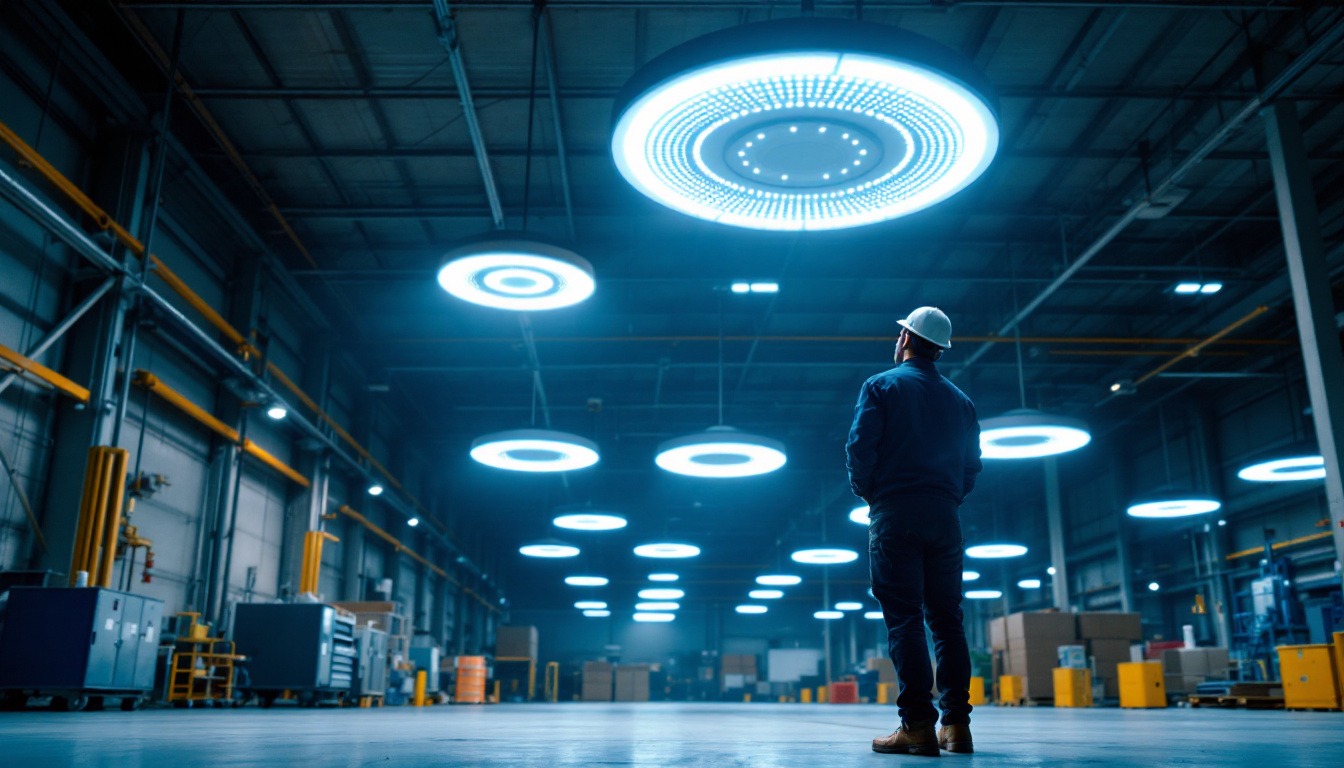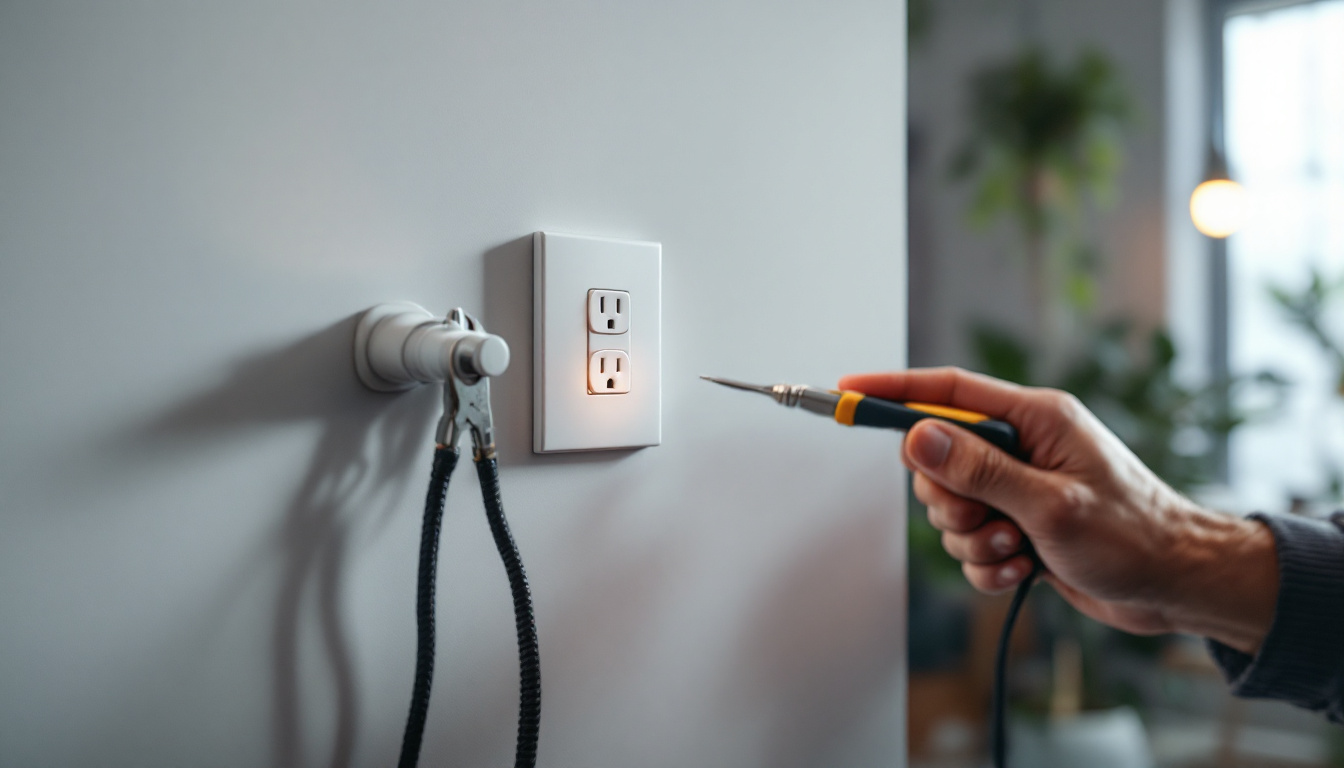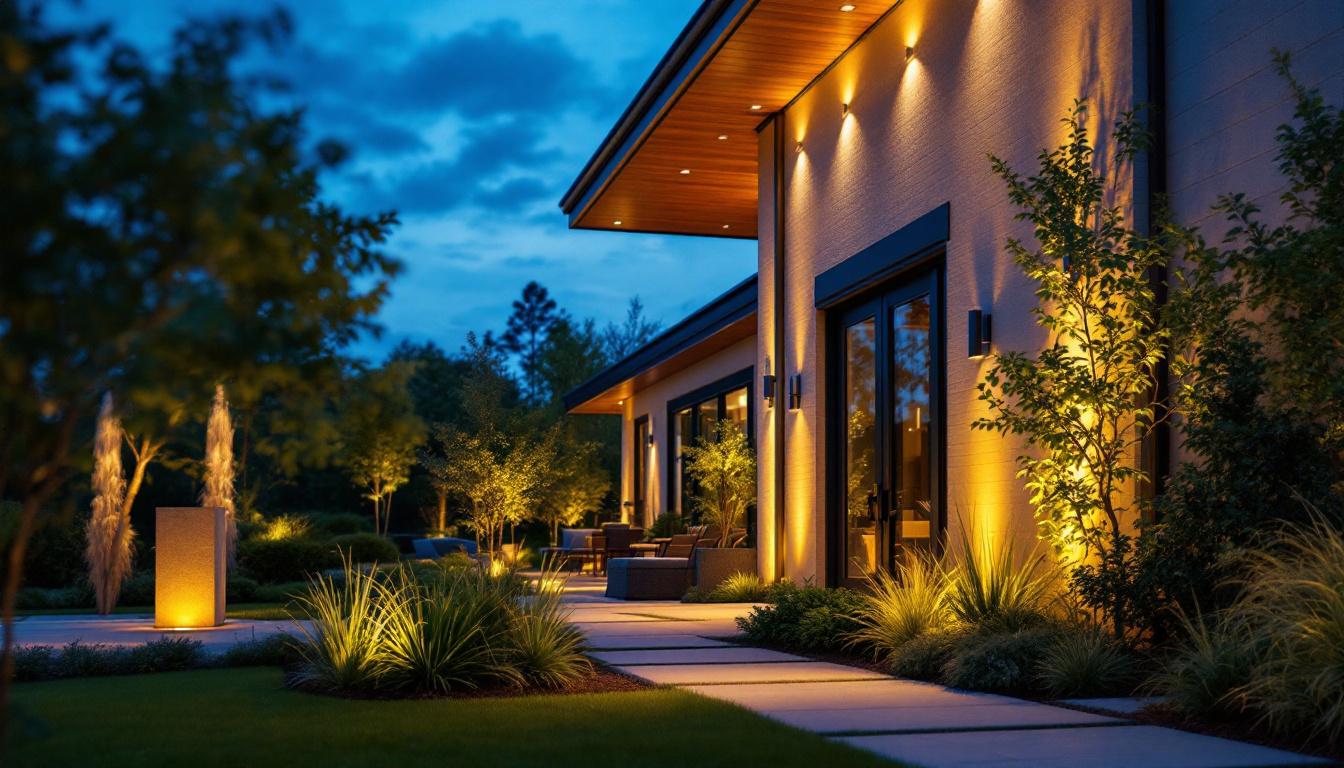In the realm of electrical installations, light switches play an indispensable role. They are not merely functional devices; they represent the interface between the user and the lighting system, influencing both convenience and ambiance. For lighting contractors, understanding the various types of electrical light switches, their applications, and the latest trends is crucial for delivering quality service and satisfying client needs.
Choosing the right light switch goes beyond aesthetics. It can significantly impact the overall functionality of a lighting system. A well-selected switch can enhance user experience, improve energy efficiency, and even contribute to safety.
Light switches are often the first point of interaction between a user and their lighting system. A switch that is easy to use, intuitively placed, and responsive can enhance the overall user experience. For instance, dimmer switches allow users to adjust the brightness according to their needs, creating a more personalized environment. This is particularly important in residential settings, where lighting can affect mood and comfort. Furthermore, the tactile feedback of a switch can also play a role; switches that provide a satisfying click or resistance can enhance the feeling of control, making users more likely to engage with their lighting system effectively.
Moreover, the placement of light switches is crucial. Strategically positioning them near entrances or in commonly used areas can streamline daily activities, allowing for seamless transitions between different lighting moods. For example, having a three-way switch at the top and bottom of a staircase can ensure safety and convenience, allowing users to illuminate their path with ease. As technology evolves, touch-sensitive or motion-activated switches are also emerging, offering innovative solutions that cater to modern lifestyles.
In an era where energy conservation is paramount, the choice of light switch can influence energy consumption. Smart switches, for example, can be programmed to turn off lights when a room is unoccupied or adjust brightness based on natural light levels. These features not only save energy but also reduce utility costs for clients, making them a desirable option for environmentally conscious consumers. Additionally, integrating light switches with home automation systems can lead to even greater efficiencies, allowing users to control their lighting remotely through smartphones or voice-activated devices.
Furthermore, energy-efficient switches can also include features like scheduling, where users can set specific times for lights to turn on or off, aligning with their daily routines. This not only helps in conserving energy but also ensures that lights are used only when needed, further contributing to a sustainable lifestyle. With the rise of LED lighting, which consumes significantly less energy than traditional bulbs, pairing these lights with the right switches can maximize both performance and efficiency.
Safety is a critical concern in electrical installations. The right light switch can mitigate risks associated with electrical hazards. For instance, switches with built-in surge protection can safeguard against power surges that could damage lighting fixtures or pose a fire risk. Additionally, using switches that comply with local electrical codes ensures that installations are safe and reliable. It’s also worth noting that certain switches come equipped with features like child safety locks, which can prevent accidental activation by little hands, adding an extra layer of protection in family homes.
Moreover, the materials used in the construction of light switches can also impact safety. High-quality switches made from heat-resistant materials can withstand the rigors of daily use without degrading, reducing the likelihood of short circuits or electrical fires. Regular maintenance and inspections of light switches can further enhance safety, ensuring that any wear and tear is addressed promptly. By prioritizing safety in the selection of light switches, homeowners can enjoy peace of mind knowing their electrical systems are both functional and secure.
The market offers a diverse range of light switches, each designed for specific applications and user preferences. Familiarity with these types can help lighting contractors make informed recommendations to their clients.
Standard toggle switches are perhaps the most recognizable type of light switch. They operate with a simple up-and-down motion and are available in single-pole and three-way configurations. While they may seem basic, toggle switches are reliable and widely used in residential and commercial settings. Their straightforward design makes them easy to install and maintain, appealing to both contractors and homeowners.
Dimmers are becoming increasingly popular as they offer customizable lighting solutions. By adjusting the voltage supplied to the light fixture, dimmers allow users to control brightness levels, enhancing the ambiance of a space. They are particularly favored in dining areas, home theaters, and other environments where mood lighting is essential. For contractors, recommending dimmers can lead to satisfied clients who appreciate the flexibility they provide.
Smart switches represent the cutting edge of lighting control technology. These devices can be connected to home automation systems, allowing users to control their lighting remotely via smartphones or voice commands. Smart switches often come with features such as scheduling, energy monitoring, and integration with other smart devices. For lighting contractors, staying updated on smart switch technology is vital, as more clients are seeking modern, tech-savvy solutions for their homes.
Proper installation of light switches is crucial for ensuring functionality and safety. Lighting contractors must adhere to best practices to deliver high-quality work that meets client expectations.
Before installation, it is essential to be familiar with local electrical codes and regulations. These codes dictate how electrical systems should be installed and maintained to ensure safety. Ignoring these regulations can lead to hazardous situations and potential legal issues. Contractors should always verify that their installations comply with the latest codes to protect themselves and their clients.
Correct wiring techniques are fundamental to successful light switch installations. Ensuring that wires are properly connected, secured, and insulated can prevent electrical faults and enhance the longevity of the switch. Additionally, using the right gauge of wire for the specific application is crucial for safety and performance. Contractors should always double-check their work to avoid any potential issues down the line.
Once the installation is complete, testing the light switch is a critical step. This includes checking for proper functionality, ensuring that the switch responds as expected, and verifying that there are no electrical shorts. Conducting thorough tests not only assures the contractor of a job well done but also builds trust with clients, who will appreciate the attention to detail.
The lighting industry is constantly evolving, and staying informed about the latest trends in light switch technology can give contractors a competitive edge. Understanding these trends allows contractors to offer innovative solutions that meet modern consumer demands.
As smart homes become more prevalent, the integration of light switches with home automation systems is a growing trend. Homeowners are increasingly looking for ways to control their lighting alongside other home systems, such as heating and security. Contractors who can provide solutions that seamlessly integrate with existing home automation platforms will be well-positioned to attract tech-savvy clients.
Energy monitoring capabilities are becoming more common in modern light switches. These features allow users to track their energy consumption in real-time, helping them make informed decisions about their lighting usage. For contractors, promoting energy-efficient solutions with monitoring capabilities can appeal to environmentally conscious clients who are keen on reducing their carbon footprint.
With the rise of interior design as a significant consideration for homeowners, customizable light switch aesthetics are gaining popularity. Switches are now available in a variety of colors, materials, and finishes, allowing homeowners to match them with their decor. Contractors can enhance their service offerings by providing clients with options that align with their design preferences, adding value to their installations.
Even experienced lighting contractors can make mistakes during light switch installations. Being aware of common pitfalls can help prevent costly errors and ensure client satisfaction.
One of the most significant mistakes a contractor can make is neglecting the client’s preferences. Each homeowner has unique needs and tastes, and failing to consider these can lead to dissatisfaction. Engaging clients in discussions about their lighting preferences and how they plan to use the space can result in better outcomes and happier customers.
Accessibility is a crucial aspect of lighting design that is often overlooked. Light switches should be installed at heights that are convenient for all users, including children and individuals with disabilities. Ensuring that switches are easily reachable can enhance the usability of a space and demonstrate a contractor’s commitment to thoughtful design.
Finally, many contractors may overlook the maintenance needs of light switches. Providing clients with information on how to care for their switches can prolong their lifespan and maintain functionality. This includes advising on cleaning methods and signs of wear that may require attention. By educating clients, contractors can foster long-term relationships built on trust and reliability.
Electrical light switches are more than just functional devices; they are essential components of any lighting system. For lighting contractors, understanding the various types of switches, installation best practices, and current trends is vital for delivering high-quality service. By prioritizing client needs, staying informed about technological advancements, and avoiding common mistakes, contractors can enhance their offerings and ensure client satisfaction. In a competitive market, the ability to provide knowledgeable and professional advice on light switches can set a contractor apart, leading to successful projects and happy clients.
Ready to elevate your lighting projects with the finest switches and lighting accessories? Look no further than LumenWholesale, where we provide lighting contractors with exceptional, spec-grade products at unbeatable wholesale prices. Our commitment to quality and affordability means you can trust in the reliability and performance of every product we offer. Plus, with free shipping on bulk orders, you can stock up on everything you need without worrying about extra costs. Don’t compromise on quality or value; discover wholesale lighting at the best value today and make your next installation a shining success.

Discover the top UFO LED high bay lights and learn how to sidestep common pitfalls with our comprehensive guide tailored for lighting contractors.

Discover the transformative potential of LED strips in modern lighting design.

Discover how outlet light switches can revolutionize efficiency for lighting contractors.

Discover essential tips and innovative strategies for lighting contractors to excel in outdoor commercial lighting projects.